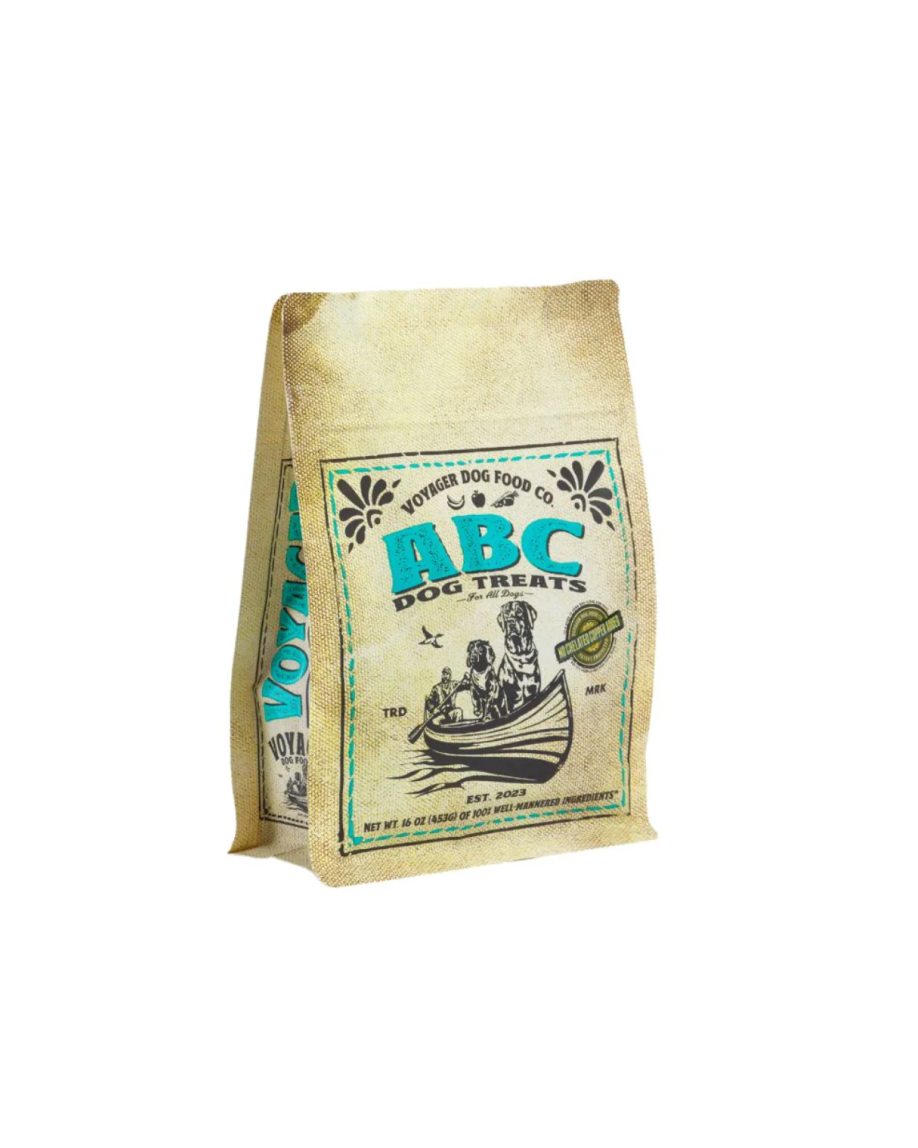Most dog parents have heard about common health issues like hip dysplasia or allergies—but there’s another condition that deserves more attention: Copper Storage Disease. It’s a serious, sometimes life-threatening liver disorder that can creep in quietly. But the good news? With the right knowledge and care, it can often be prevented or managed before it becomes dangerous.
Let’s dive into what Copper Storage Disease is, which dogs are most at risk, and how you can protect your pup.
🧬 What Is Copper Storage Disease?
Copper Storage Disease, also known as canine copper-associated hepatopathy, is a condition where excess copper builds up in a dog’s liver. Over time, this buildup causes inflammation, cell damage, scarring (cirrhosis), and eventually, liver failure.
Normally, dogs get copper from their food, use what they need, and eliminate the rest through the bile. But in dogs with Copper Storage Disease, their body can't process or excrete copper properly, leading to dangerous accumulation in the liver.
🐶 Who’s at Risk?
Some dogs have a genetic predisposition to this condition, meaning it’s passed down through their DNA. The most commonly affected breeds include:
-
Bedlington Terriers
-
Labrador Retrievers
-
Doberman Pinschers
-
West Highland White Terriers
-
Dalmatians
-
Skye Terriers
But here’s the catch: copper storage issues can affect any dog, especially if they’re consuming too much dietary copper—even if they don’t have the genetic mutation.
⚠️ Signs of Copper Storage Disease
The scary part? Symptoms often don't appear until significant liver damage has already occurred. That’s why early detection and prevention are so important. When signs do appear, they might include:
-
Lethargy or weakness
-
Loss of appetite
-
Weight loss
-
Vomiting
-
Yellowing of the eyes or gums (jaundice)
-
Increased thirst or urination
-
Abdominal pain or bloating
🥩 The Diet Connection
One of the biggest contributors to copper buildup is diet—and unfortunately, copper levels have been quietly rising in many commercial dog foods. This is partly due to the use of highly bioavailable (easily absorbed) copper supplements in kibble. And the high levels of copper in the native ingredients in their manufacturing.
For dogs prone to copper storage issues, this can be dangerous—even if the food is labeled “balanced” or “premium.”
🛡️ How to Help Prevent Copper Storage Disease
1. Know Your Dog’s Risk
If your dog is one of the breeds listed above, talk to your vet about baseline liver testing (ALT bloodwork) and possibly a liver biopsy if there's concern.
2. Feed a Controlled-Copper Diet
Ask your vet about low-copper or copper-restricted diets, especially if your dog is at risk or has early liver changes. Prescription diets (like Hill's l/d or Royal Canin Hepatic) are designed to limit copper while supporting liver health.
3. Avoid Copper-Rich Ingredients
Steer clear of foods with:
-
Organ meats that absorb copper for a long period of time (especially liver)
-
Shellfish
-
Excessive copper sulfate or copper proteinate supplements
Check the ingredient label of treats and food—if copper is listed high on the list or the food contains high-organ meats, it may not be safe for copper-sensitive dogs.
4. Routine Liver Monitoring
Regular blood work (and sometimes ultrasounds or biopsies) can catch early changes before they become serious. The earlier copper buildup is found, the easier it is to manage.
5. Medication When Needed
In diagnosed cases, vets may prescribe chelating agents like D-penicillamine to help remove excess copper from the liver, alongside diet and supportive care.
❤️ Final Thoughts
Copper Storage Disease is a hidden threat, especially in breeds predisposed to it. But with awareness, the right diet, and regular veterinary care, it’s often preventable or manageable before it causes lasting harm.
If your dog is on a commercial diet and you’re unsure about copper levels—or if they belong to a high-risk breed—don’t wait to ask your vet about it. A simple diet change or early test could make all the difference in protecting your pup’s liver and their long-term health.








